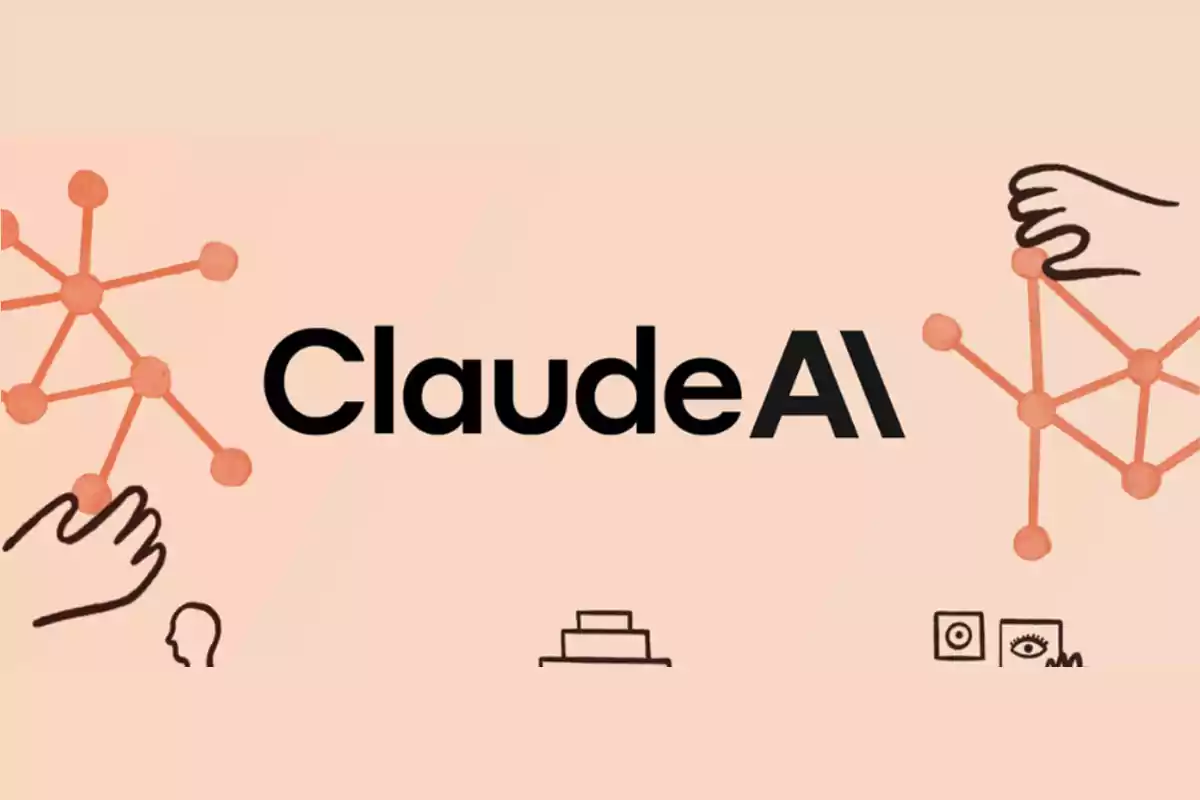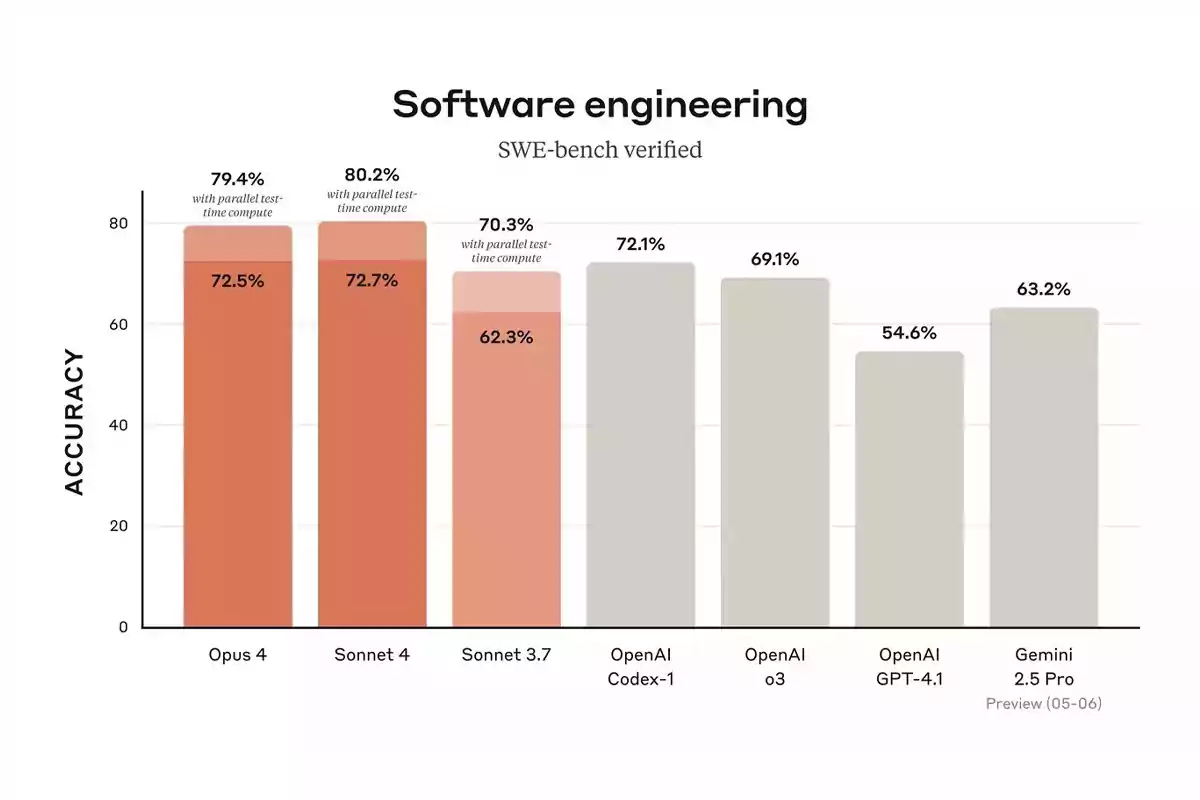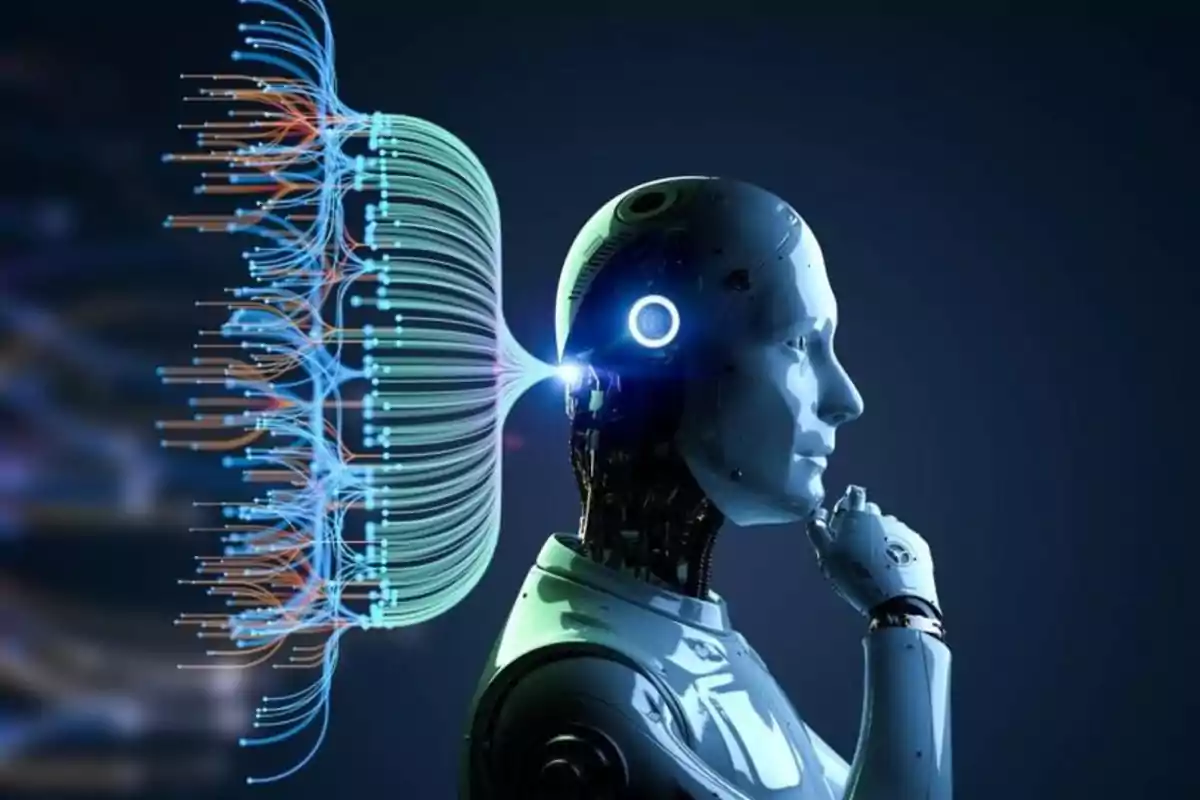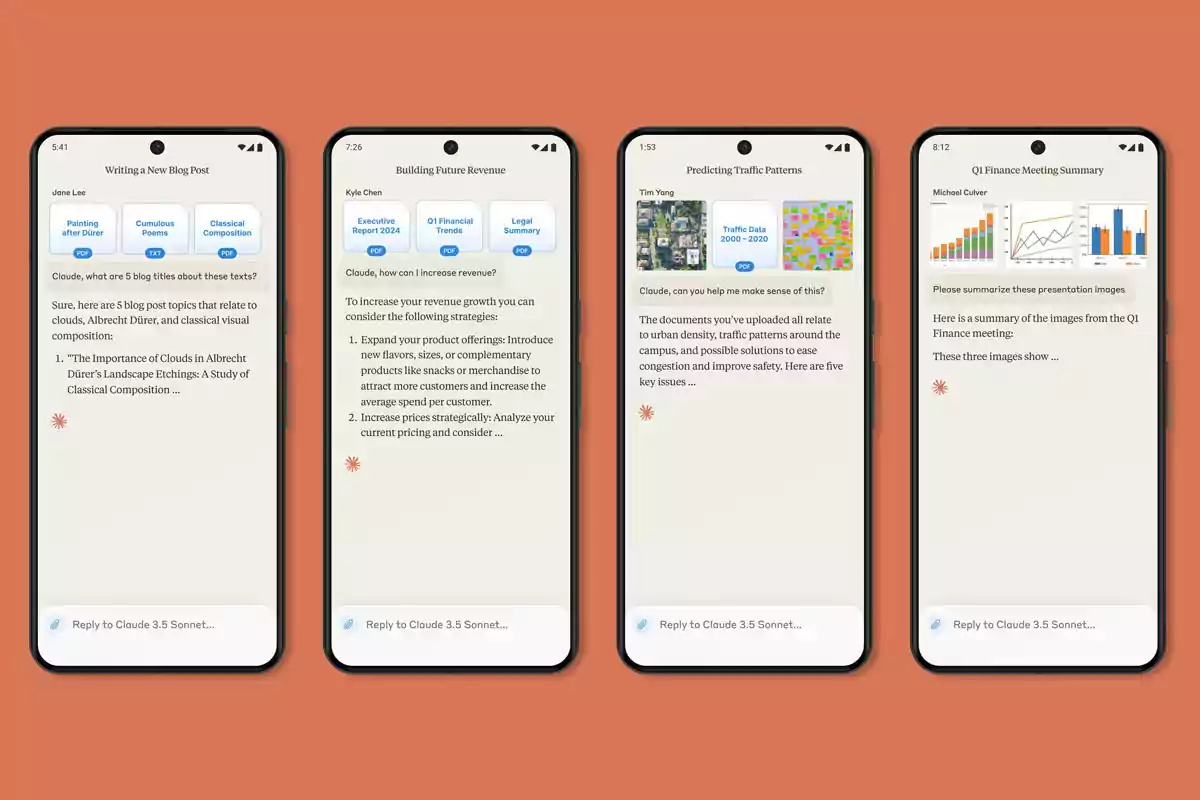
This is Claude 4: the AI model that programs better than ChatGPT and Gemini
Anthropic's new AI improves performance in programming and works for hours without losing coherence
Anthropic launched its new family of artificial intelligence models, Claude 4, and it is already generating strong expectations in the tech world.
With more powerful and efficient versions, these models focus on advanced programming, long tasks, and intelligent use of tools.

What is Claude 4 and what models does it include?
The new line is composed of two versions: Claude Opus 4 and Claude Sonnet 4. Both represent a significant leap compared to their predecessors.
Opus 4 is the most powerful model created by Anthropic so far. They aim high: they call it "the best programming model in the world."
Meanwhile, Sonnet 4 is a more balanced option between power and efficiency, ideal for those who prioritize performance with lower consumption.

Claude Opus 4
This model stands out for its ability to solve complex problems and write code with precision and coherence for hours.
- It surpasses Anthropic's previous models.
- It performs better than Google's and OpenAI's in programming tasks.
- It can work for up to seven hours without losing focus.
That level of sustained concentration is ideal for AI agents that need to solve long processes and maintain logical coherence for hours.

The difference with other models is clear: previously, AIs could only maintain their focus for one or two hours. This opens a new stage for technical work with AI.
Claude Sonnet 4
Sonnet 4 also takes a firm step compared to its previous versions. Although it doesn't match Opus 4, it keeps very good overall performance.
It is ideal for those seeking a balance between speed, computational cost, and reasoning ability. The company designed it as a versatile, practical, and more accessible alternative, without losing quality in demanding tasks.

Collaborative AI
Anthropic insists that these new models are not simple text assistants. Claude 4 aims to be an intelligent collaborator.
Its capabilities include holding coherent conversations, reasoning, executing complex processes, and maintaining a stable contextual memory.

This positions it as a key tool in work, technical, and creative environments.
Extended thinking and use of external tools
One of the greatest innovations is the so-called extended thinking mode. With it, Claude 4 can alternate between internal reasoning and external tools.
This allows it to:
- Search for content on the Internet.
- Execute code.
- Analyze files and generate more complete responses.
More posts: